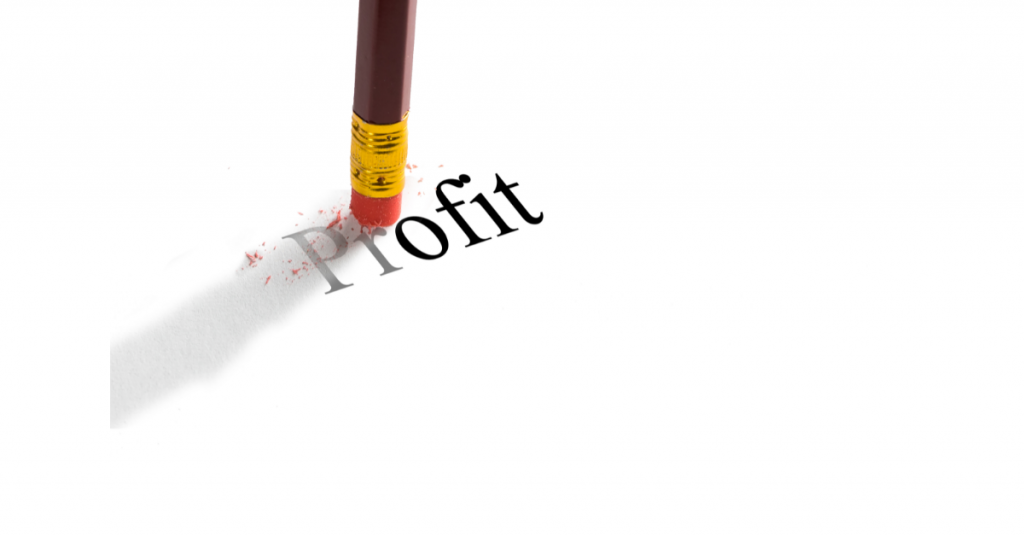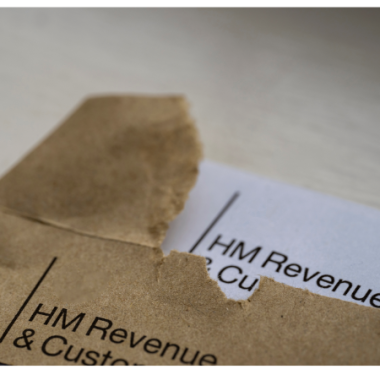Today we’re going to look into the true costs of discount pricing.
As a consumer we all love a bargain, but as a business what is the cost of offering a sale price? It mostly comes down to maths; don’t worry I’m not going to bore you with a mass of figures, we will try to weigh up both sides of the sale price debate so you can make an educated business decision as to whether discount pricing is worth it for your business. There is no right or wrong answer it just comes down to factors unique as your business.
There seem to be various fundamental reasons for having a sale. Seasonal sales allow businesses to clear excess stock creating room for the next season’s displays to come in. However if space or storage isn’t a problem and stock doesn’t go out of date, keeping stock until next appropriate season may be a more cost effective option. On a 50% profit margin, giving a sale price of 10% off means you need to sell 25% more goods to have same overall profit. In real terms, this means if I sell something for £100 and it cost me, the retailer, £50 my usual profit is £50 per item. However, if I offer it at a sale price of £90 (10% off) my profit is now £40 so I need to sell 25% more items to make the same full price profit.
Many sales can be good head turners and used to entice new customers or help persuade customers buy a certain product. However, if a price is seen as ‘too good to be true’ customers can become suspicious about quality of the product. Therefore, we need to strike a balance between discounts and perceived product quality. Too many sales can have a similar effect, where customers will start to query why you are constantly having sales, and seem to unable to sell things at full price.
Offering regular discounts or predictably timed discounts can encourage customers to wait and buy later. If they know a sale is around the corner, they are likely to hold fire on buying until they have seen what discounts are on offer. This can devalue your product or services, meaning you’ll need to sell more to make the same profit, which encourages you to put your items on sale to increase overall sales, but this just encourages customers to wait for more discounts. This can lead to a vicious cycle that can be hard to break. I’m sure we’re all aware of retailers that are permanently on sale. That could be your business if you’re not careful.
Sales are used to create interest in your product or service, but remember they are not the only tool you have. There are many ways businesses can reward customers without giving a financial discount. Rewarding customers with expert customer service, good products or services at fair prices sell themselves, providing a personal touch or fulfilling a particular niche in the market, are useful methods to encourage customers to buy from you and come back again and again.
Discounting loyalty is, for most businesses, a win-win. Customers feel special by getting a discount and are more likely to shop with you multiple times to gain the loyalty points needed to qualify for such discounts. You as the business owner choose how much a customer has to spend with you before they become eligible to a discount. Equally, if a customer is able to save loyalty points the customer gets to choose when they spend them, meaning even when your consumer is having a bad month they would still choose your business if they have loyalty points to spend or opportunities to earn.
In the end it comes down to your business, if you can afford to take a hit on profits then sales are a known head turner. Nevertheless, doing your market research and ascertaining the business need for your product or service should give you an indication of what people are willing to spend. Coupled with good customer service and attention to detail gaining a loyal customer base can keep customer coming back time and again without the need for a discount.







